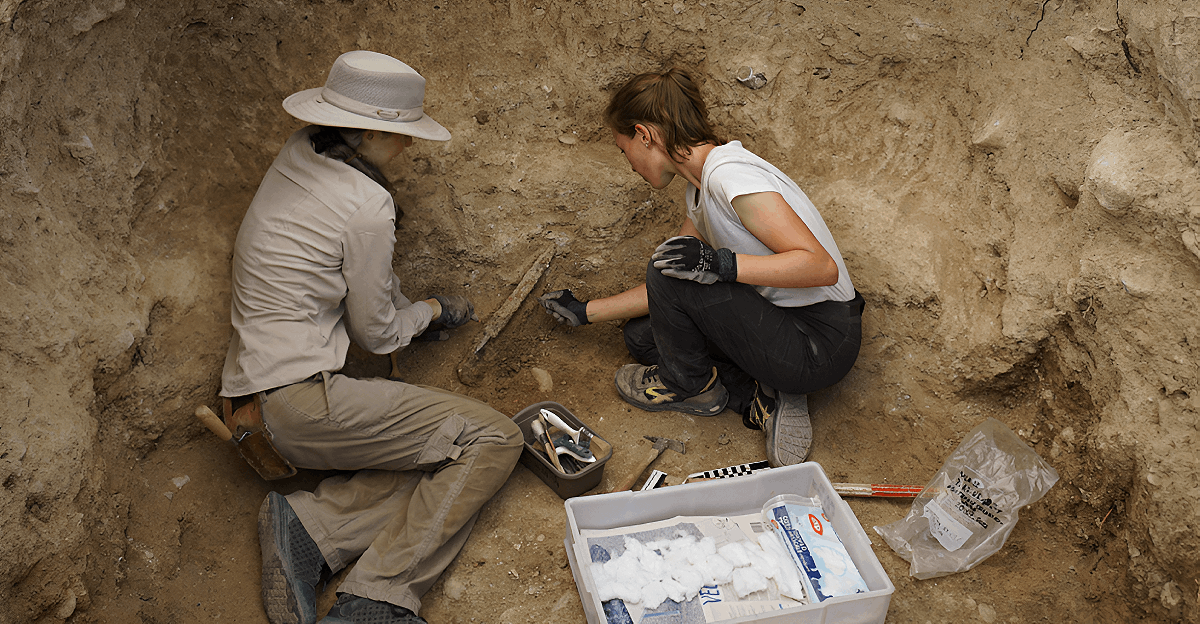
Archaeologists made a rare find at a construction site near Faenza, Italy: the tiny remains of a baby from thousands of years ago.
Almost all the bones were gone, turned to dust, except for some tooth crowns and little pieces of bone.
“Only dental crowns and small bone fragments were intact enough for further analysis,” the team said, showing how unusual it is to get anything worth studying in this situation.
Piecing Together the Past
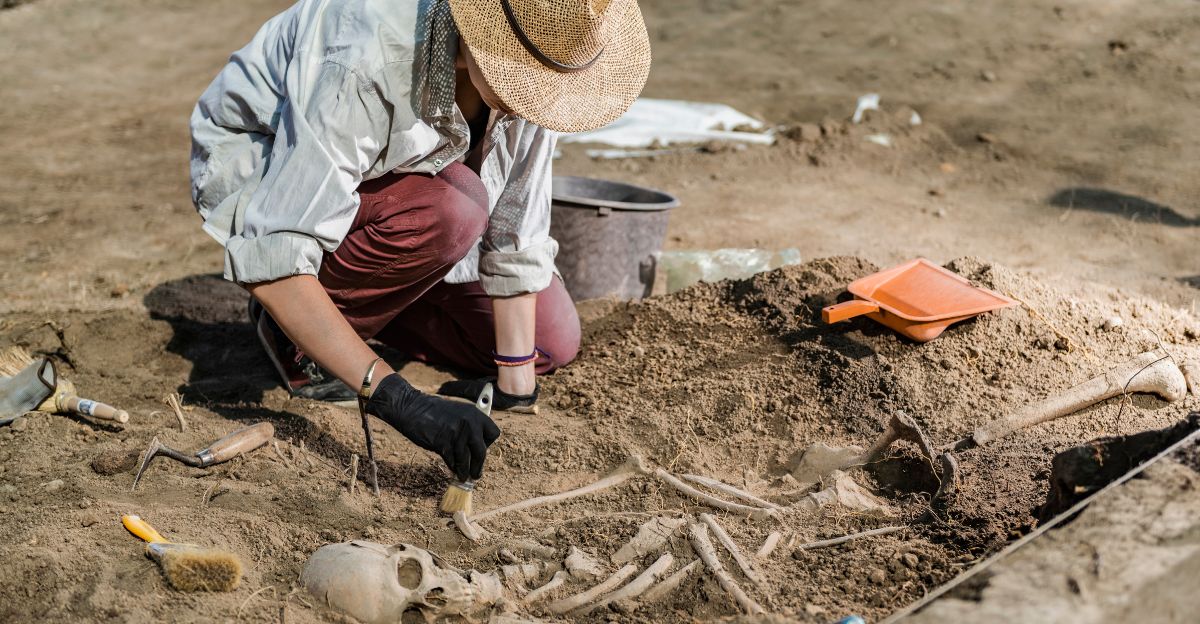
The infant’s bones were so broken and scattered that typical ways to figure out age or health—by looking at the whole skeleton—wouldn’t work.
The team had to innovate. “Researchers reconstructed the timeline of tooth development… pinpointing the infant’s age with a high degree of accuracy,” they explained, proving you can get a surprising amount of knowledge out of even the tiniest pieces, sometimes smaller than a fingernail.
Advanced Science at Work
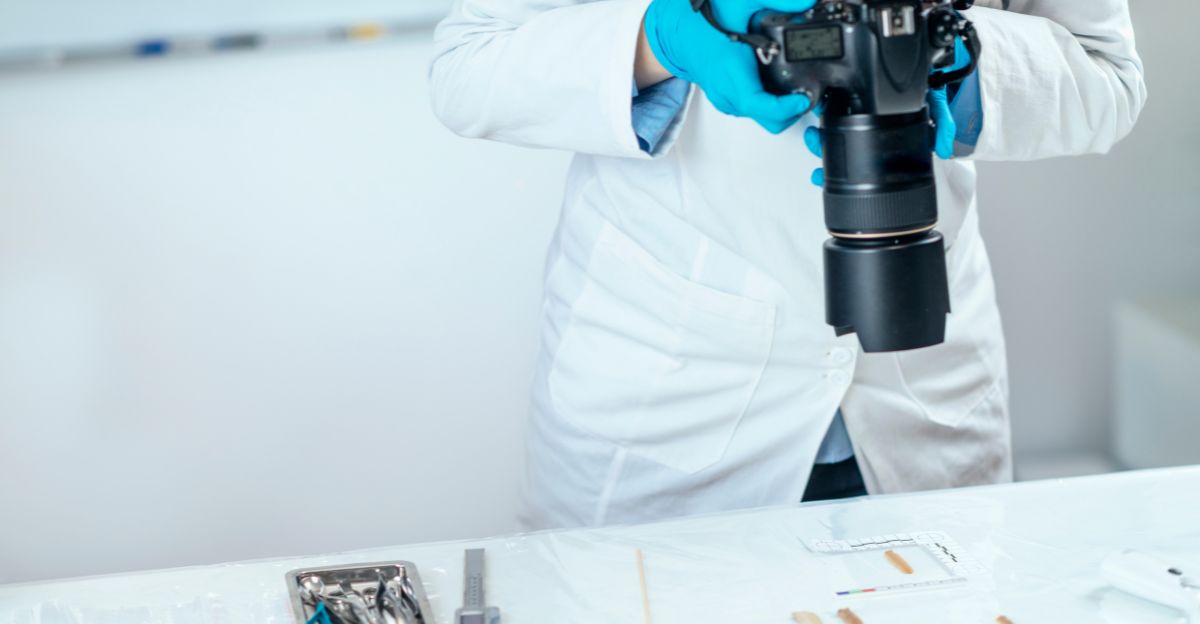
The research team from the University of Bologna, led by Owen Alexander Higgins, used several new scientific tools simultaneously.
“The study, led by Owen Alexander Higgins of the University of Bologna, used advanced scientific techniques to examine the child’s teeth and bone fragments—some of the only parts to survive nearly 5,000 years underground,” showed how putting together different sciences can solve puzzles that seemed impossible before.
Old Life, New Questions
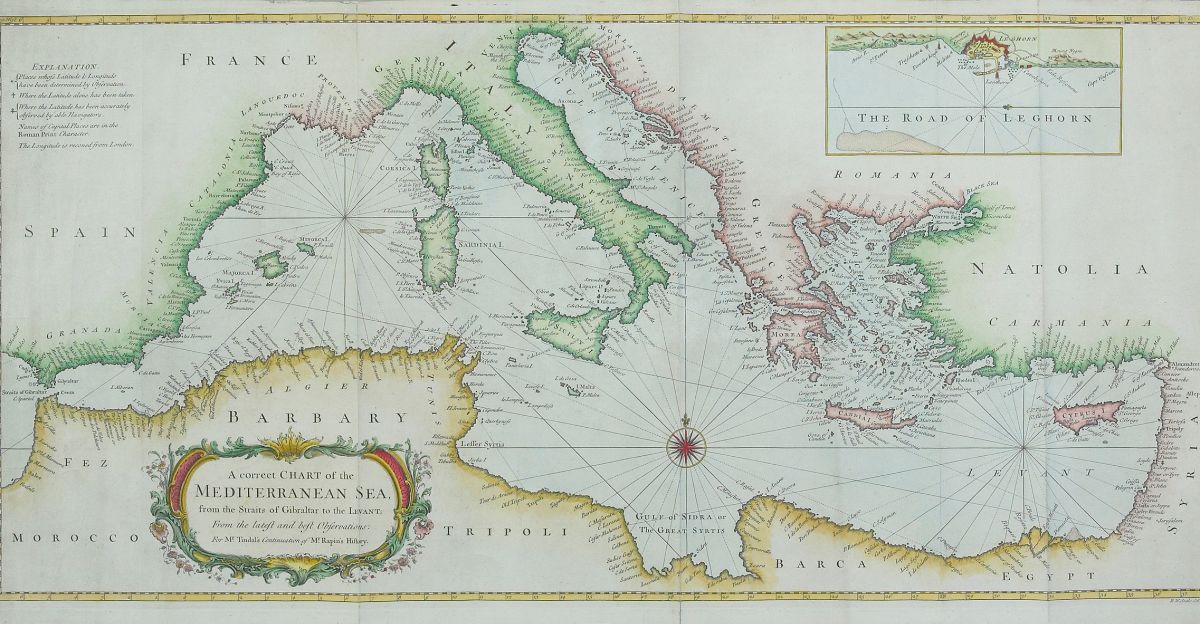
The team learned that the baby lived in Europe’s Copper Age, 4,000 to 5,000 years ago, when people started using metal tools and forming bigger villages.
“Ceramic fragments found nearby suggest the burial took place between 3600 and 2300 BCE,” the researchers said, so they could place the child in a time when massive changes were taking place in Italy’s history.
Baby’s Story Unveiled
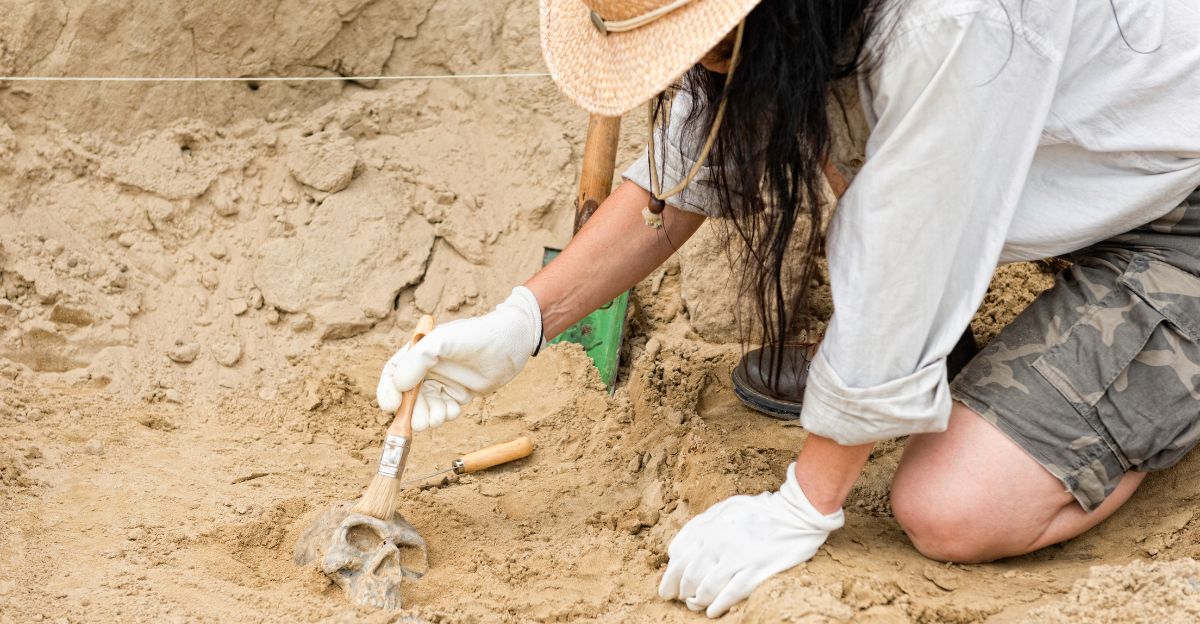
By studying the way teeth grow, scientists figured out this child was about 17 months old when he died.
“The infant… was buried at the bottom of what once functioned as a well,” said the Greek Reporter, meaning he was laid to rest in what used to be a bottomless pit or water hole—a strange place for a burial that makes the case even more unusual.
Missing Links in History

Finding a baby from this time and place is extremely rare.
“The discovery… is significant not only because of the child’s age and burial context but also because it revealed an unusual maternal genetic line that was rare in Europe at the time,” said Greek Reporter.
It helps fill a gap in what we know about ancient people in northern Italy.
A Healthy Short Life
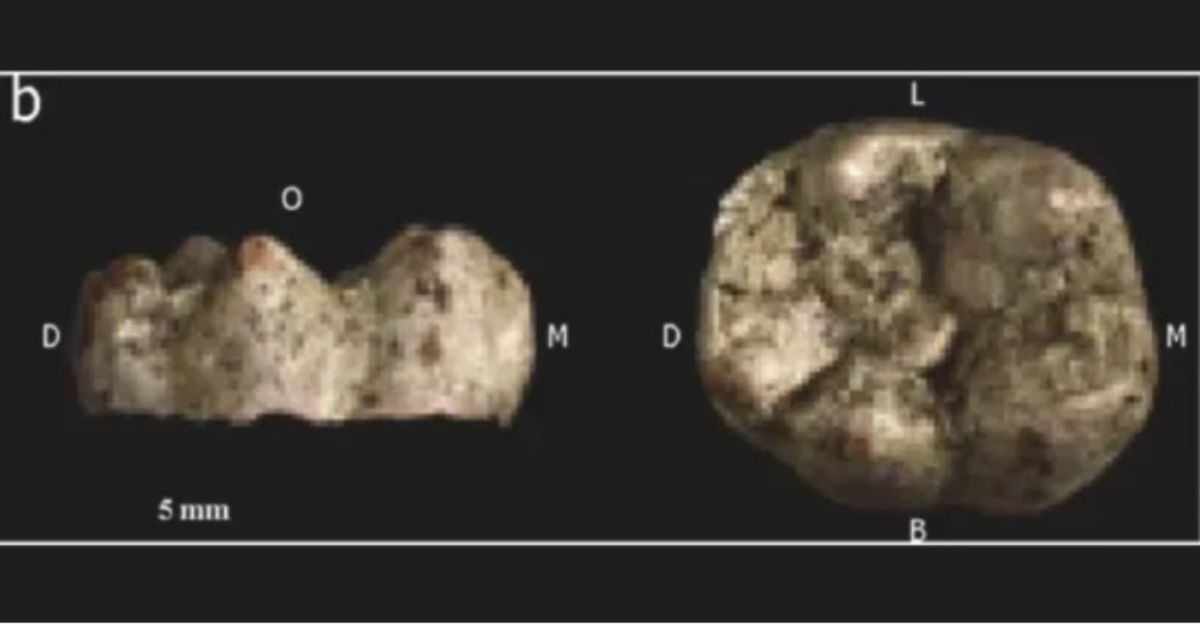
The tooth enamel on the child’s teeth was very well formed, with no sign of sickness or stress.
“No signs of stress or disease were detected on the enamel, indicating that the child was generally healthy until he died,” explained the researchers.
This means the child was probably cared for and well fed, which offers a glimpse of family life so long ago.
Ancestry from a Tiny Bone
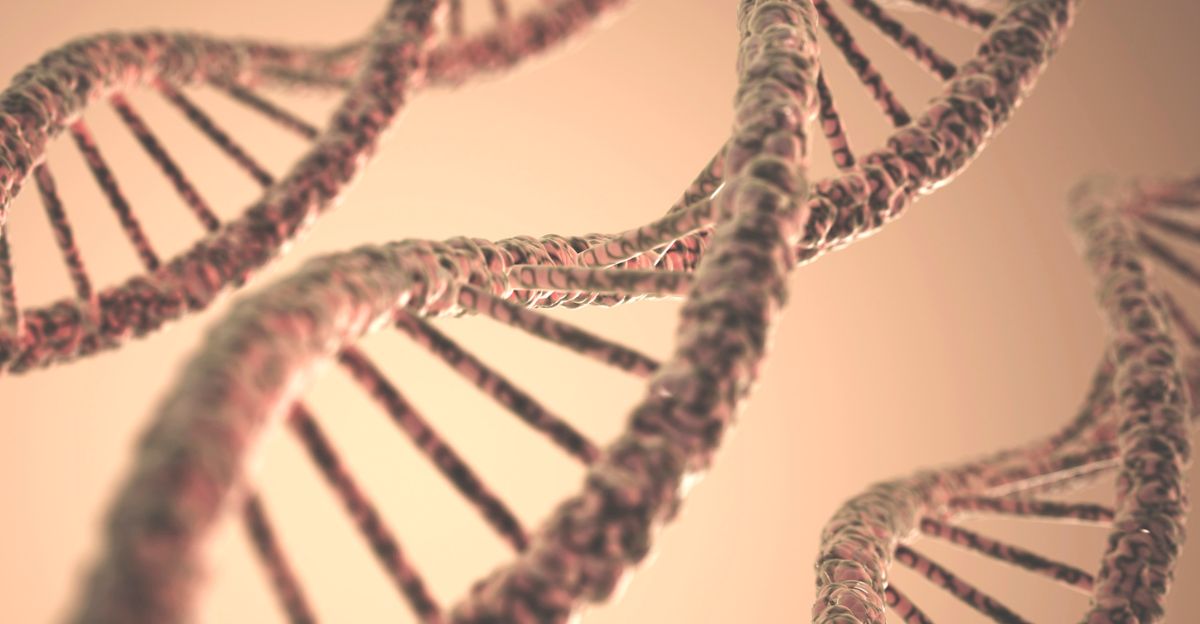
The team obtained enough DNA from a tiny, dense piece of bone to almost completely read the baby’s maternal line.
“A tiny fragment of compact bone yielded enough genetic material to reconstruct nearly the entire mitochondrial genome,” Greek Reporter wrote.
This result let them see the mother’s ancestry and spot something unique about this child’s genetic background.
Determining the Child’s Sex
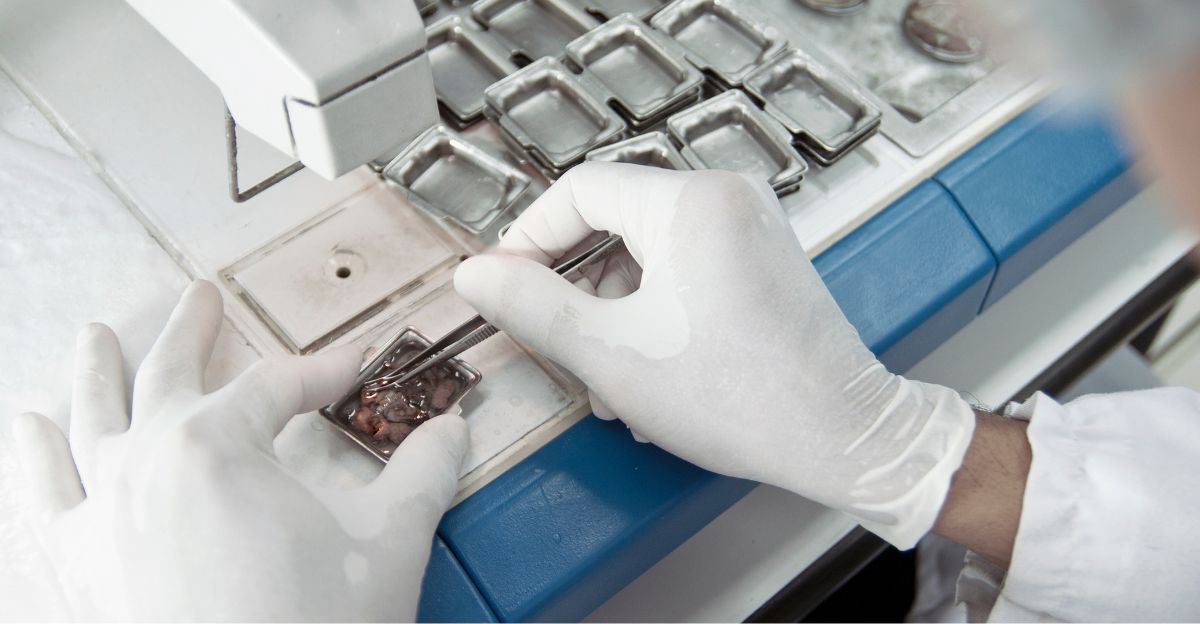
Scientists studied protein in the teeth to tell if the baby was a boy or a girl—impossible with so few bones.
“Proteomic analysis of enamel peptides confirmed the male sex, matching the DNA findings,” researchers explained.
This proves how new science can answer questions even when the skeleton is nearly lost.
A Rare Genetic Connection
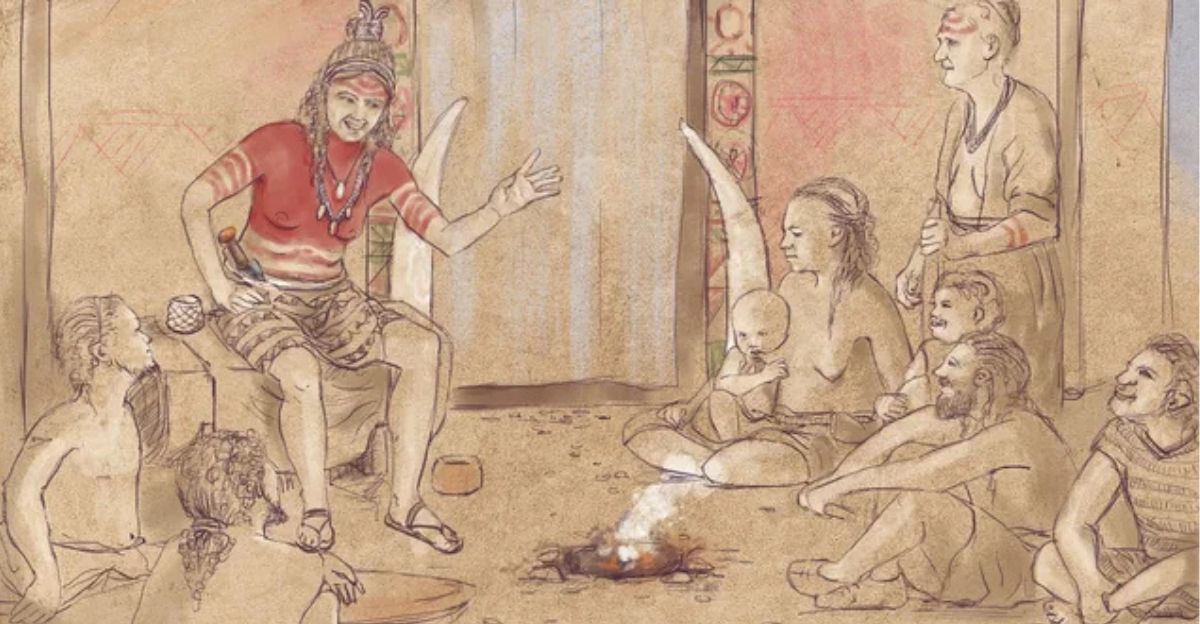
The infant had a rare kind of mitochondrial DNA, called haplogroup V+@72.
“The infant carried a rare mitochondrial haplogroup known as V+@72… The same genetic marker has been found in just one other Copper Age burial, in Sardinia,” researchers reported.
This makes the baby’s DNA special and hints at mysterious European connections.
New Ways of Doing Science

Other scientists praised this study for getting so much information from almost nothing.
“Still, the study highlights how new technologies, when combined, can pull meaningful data from even the most damaged remains,” wrote Greek Reporter.
It shows that even a few surviving teeth can reveal a lost life story.
Officially Recognized

Italy’s Ministry of Culture declared the site and the remains vital for archaeology.
According to Greek Reporter, “Researchers in Italy have uncovered the rare genetic ancestry of a Copper Age infant whose remains were found in a long-abandoned well in Faenza, northeastern Italy.”
Now, the bones are protected, and the story is part of Italy’s official ancient history.
Changing Archaeology

The work at Faenza is part of a new trend. “Infant remains are often the most fragile and the least studied due to poor preservation.
Yet, with the proper methods, they can offer rich insight into ancient lifeways, health, and heritage,” the report said. Modern science can make sense even when hardly any bone survives.
A Careful Process
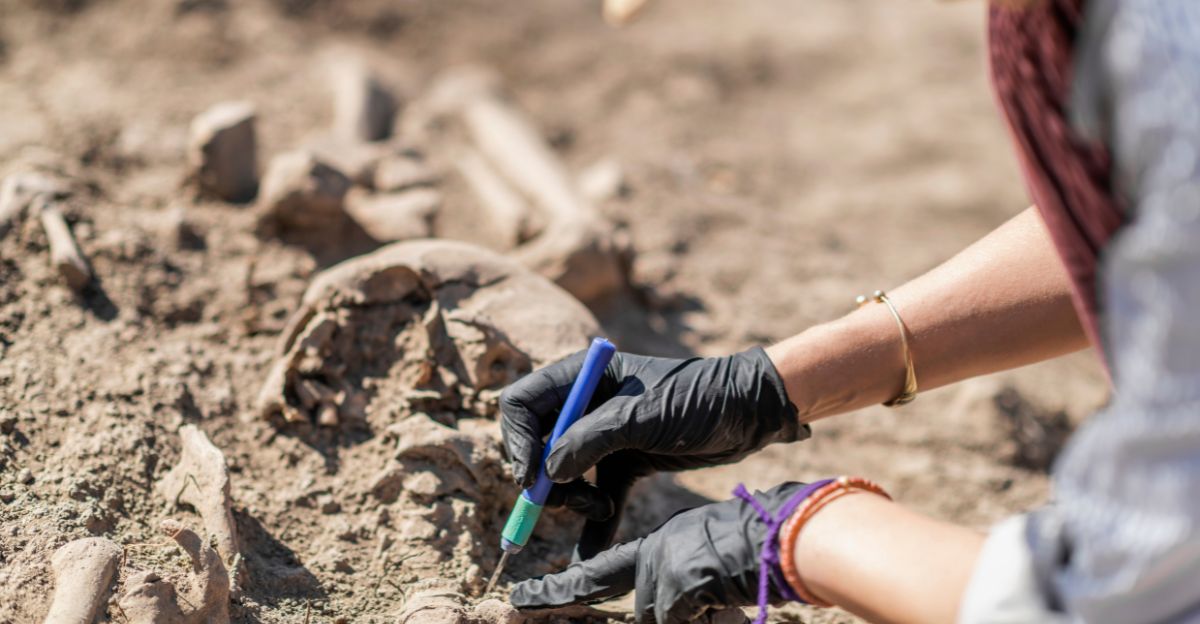
Digging up and studying these remains took meticulous work.
“Most of the bones crumbled during excavation. Only dental crowns and small bone fragments were intact enough for further analysis,” journalists observed, showing how patient, gentle techniques can help salvage valuable traces from the tiniest bits.
Lessons for the Future
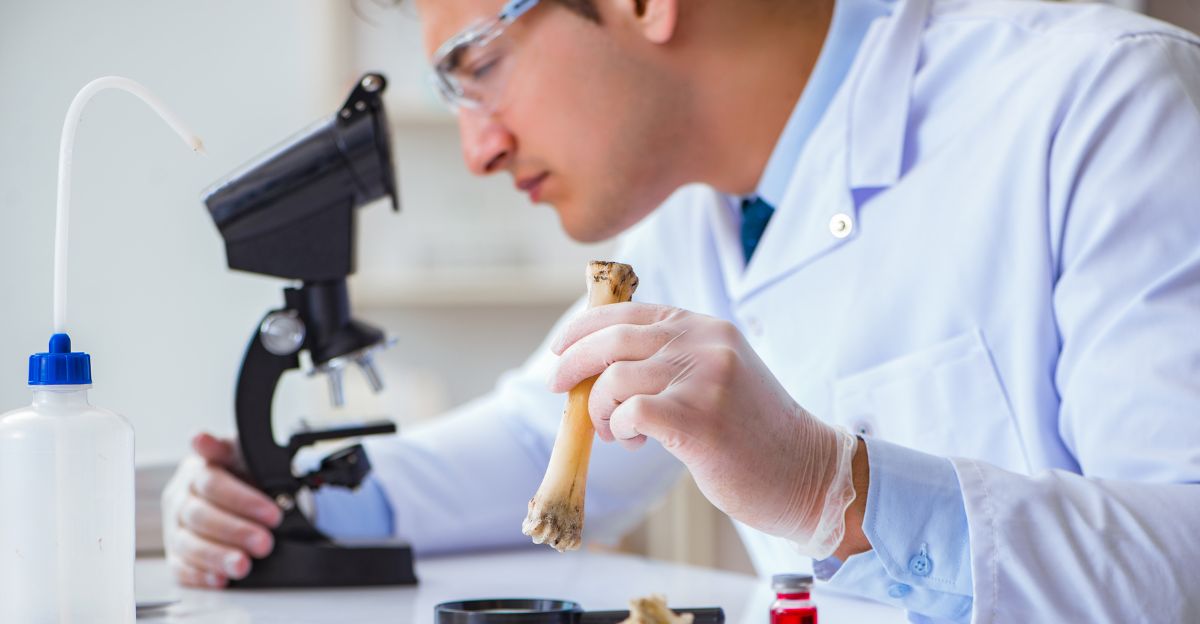
The main lesson is clear. “In this instance, a silent burial at the bottom of a well has given voice to a rare chapter in prehistoric Italy’s genetic past,” wrote Greek Reporter.
Using careful new science and teamwork, even the smallest, silent life can add an essential page to history.
More to Explore

Head scientist Owen Alexander Higgins hopes this will lead to more discoveries nearby.
“Higgins and his team hope future excavations in the area will uncover more about the genetic diversity of Copper Age communities in the region,”
Greek Reporter reported. Everyone is excited about what might be uncovered next.
When Old Methods Fail

Old-style radiocarbon dating didn’t work because there wasn’t enough good bone left.
“Attempts to radiocarbon date the remains failed due to poor collagen preservation,” Greek Reporter said, showing why using new chemistry and technology on ancient samples is essential when traditional ways don’t work.
People Want to Know
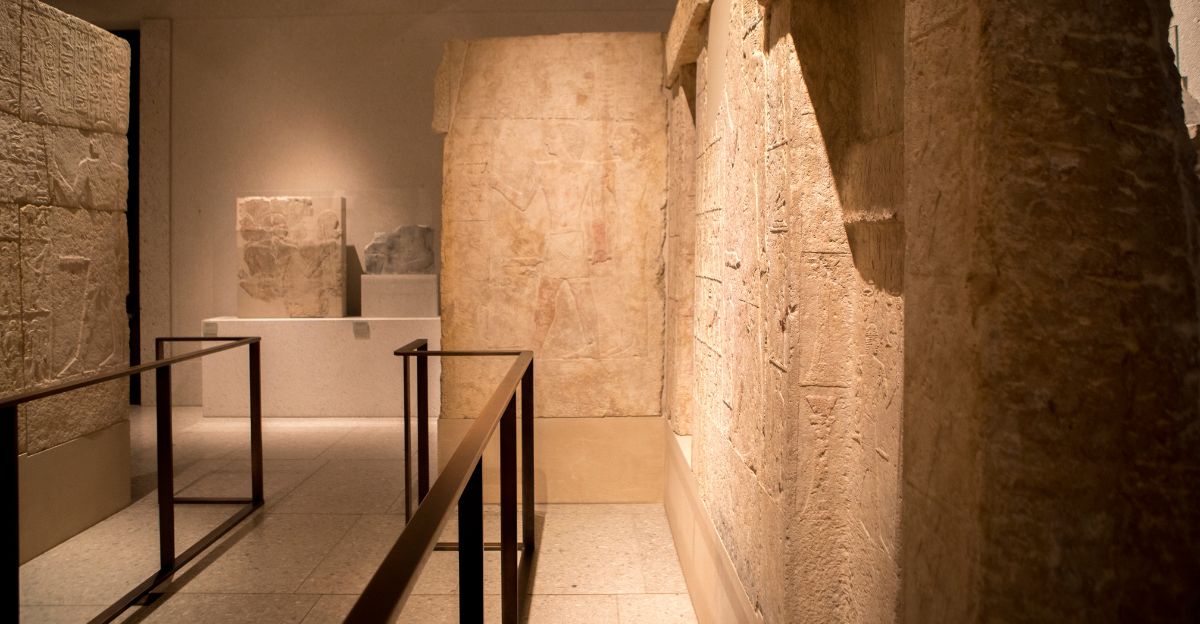
This story has caught people’s interest because baby remains from ancient times are so rare and delicate.
“The case also highlights a broader challenge in archaeology: Infant remains are often the most fragile and the least studied due to poor preservation,” experts noted.
Each child found can change what we know about ancient families.
Mystery of the Genes

The child’s mitochondrial DNA type, haplogroup V, is scarce in Europe.
“This lineage is barely present in modern Europe and appears only sporadically in ancient populations,” Greek Reporter explained, showing how the baby’s DNA holds a puzzle scientists are still trying to solve about Europe’s first people.
The Meaning of the Find

Using the latest tools and a lot of patience, a silent baby from antiquity has revealed secrets from Italy’s distant past.
“With the right methods, they can offer rich insight into ancient lifeways, health, and heritage,” said Greek Reporter, explaining why every small find is a big step for science and human history.